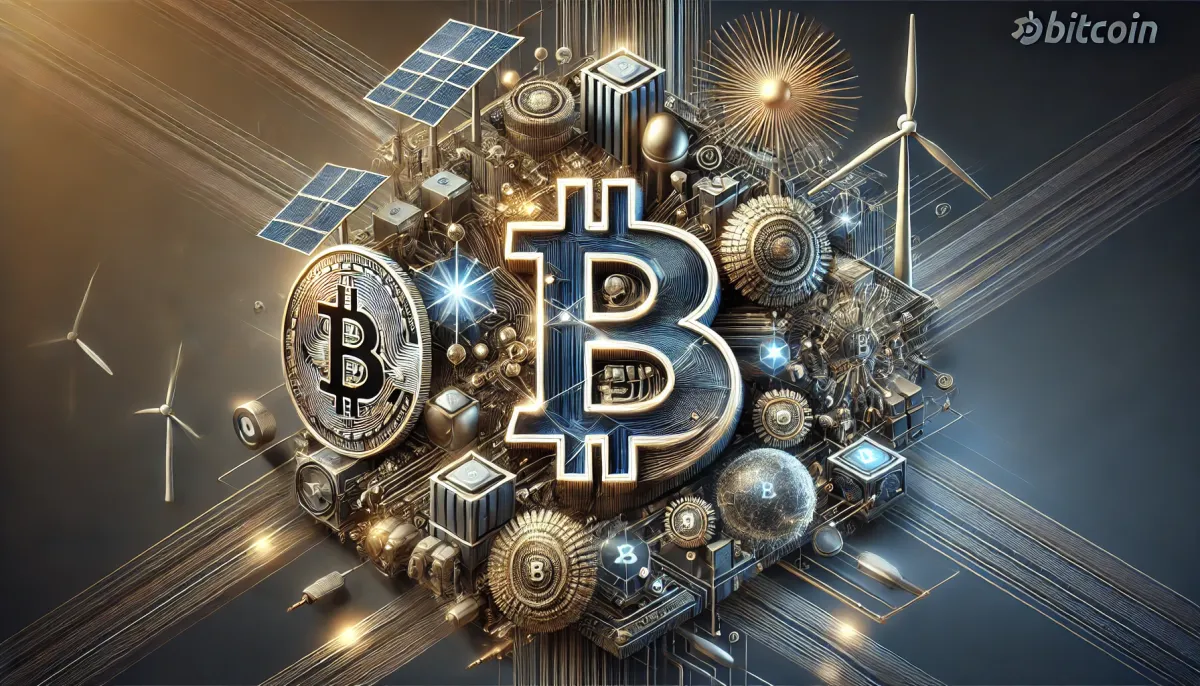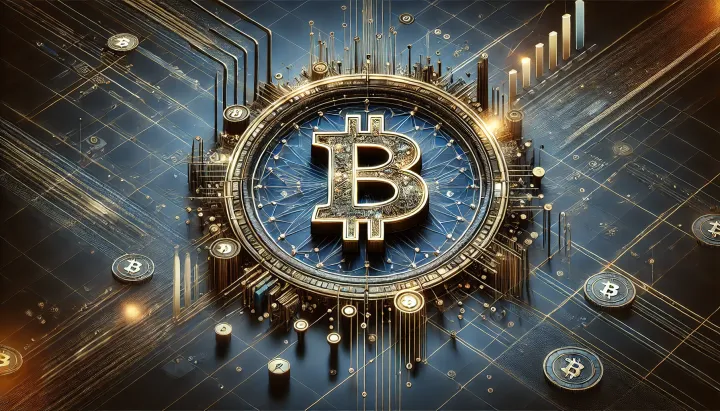Bitcoin’s Engineering and Energy Integration Impact
In the February 2, 2025 episode of the Robin Seyr Podcast with Nick Bowick reveals how Bitcoin’s self-correcting engineering and integration with renewable energy can disrupt fiat systems while creating new economic opportunities.

- My 'briefing notes' summarize the content of podcast episodes; they do not reflect my own views.
- They contain (1) a summary of podcast content, (2) potential information gaps, and (3) some speculative views on wider implications.
- Pay attention to broadcast dates (I often summarize older episodes)
- Some episodes I summarize may be sponsored: don't trust, verify, if the information you are looking for is to be used for decision-making.
Summary
In the February 2, 2025 episode of the Robin Seyr Podcast with Nick Bowick reveals how Bitcoin’s self-correcting engineering and integration with renewable energy can disrupt fiat systems while creating new economic opportunities. The discussion spans technical, financial, and regulatory dimensions, emphasizing the need for modern policy and infrastructure reforms.
Take-Home Messages
- Bitcoin’s Robust Design: Bitcoin’s self-adjusting mechanism ensures stability, making it a resilient alternative to fiat currencies.
- Energy Integration Potential: Merging Bitcoin mining with renewable energy can monetize excess capacity and reduce waste.
- Regulatory Modernization: Updating policies is essential to support innovation while protecting stakeholders in a rapidly evolving market.
- Financial Innovation Risks: Instruments like convertible bonds may amplify market volatility and require careful oversight.
- Strategic National Reserves: National strategies integrating Bitcoin with energy policy could transform economic and energy security.
Overview
Nick Bowick outlines Bitcoin’s inherent stability, driven by its self-adjusting difficulty mechanism, as a foundation for disrupting traditional fiat systems. He attributes much of Bitcoin’s resilience to its decentralized design and engineering precision.
Bowick details the potential for integrating Bitcoin mining with renewable energy, focusing on the opportunities presented by Scotland’s abundant wind power. He explains the technical challenges of managing intermittent energy and optimizing grid stability through digital control systems.
The discussion also touches on the inadequacies of current UK regulatory frameworks, which Bowick argues are outdated and inhibit both innovation and effective energy integration. He stresses that decision-making should rely on engineering and mathematical principles rather than political ideologies.
Financial innovation is scrutinized through the lens of convertible bonds and their capacity to create feedback loops that could destabilize markets. Bowick emphasizes that while these mechanisms offer growth opportunities, they also carry risks that must be carefully managed.
Stakeholder Perspectives
- Governments: Concerned with reforming policies to safely integrate Bitcoin into national energy strategies and monetary reserves.
- Energy Providers: Interested in monetizing excess renewable energy while overcoming grid integration challenges.
- Investors: Focused on managing risks associated with market volatility and novel financial instruments.
- Regulators: Tasked with updating outdated frameworks to support innovation without compromising consumer protection.
- Technology Developers: Key to creating the digital control systems necessary for modern energy and Bitcoin mining integration.
Implications and Future Outlook
The convergence of Bitcoin’s engineering strengths with renewable energy integration presents significant policy and economic implications. A reformed regulatory environment and modernized energy infrastructure are essential for mitigating risks and maximizing the benefits of this convergence. Stakeholders across government, industry, and finance must collaborate to harness these opportunities while ensuring systemic stability.
Technological advancements in digital control systems and grid management will be critical for efficiently integrating intermittent renewable energy with Bitcoin mining. As governments consider strategic Bitcoin reserves, the interplay between energy policy and financial innovation will determine long-term national benefits and risks. Effective policies will need to address both the technical and economic dimensions of this integration.
Looking forward, the feedback loops created by innovative financial instruments, such as convertible bonds, demand rigorous monitoring to prevent market disruptions. The evolving landscape underscores the importance of interdisciplinary research and adaptive policymaking. Future strategies should aim to balance rapid technological change with robust risk management practices.
Information Gaps
- What are the potential economic consequences if one nation-state initiates a strategic Bitcoin reserve that triggers a global gold rush? This question is critical because it addresses the geopolitical risks and the cascading effects on global economic policies. Understanding these dynamics is essential for policymakers to develop balanced and forward-thinking strategies.
- What technical solutions can optimize the integration of Bitcoin mining with intermittent renewable energy sources? This question is significant as it explores the practical challenges of aligning Bitcoin mining with renewable energy production. Addressing this gap could unlock substantial economic and environmental benefits while ensuring grid stability.
- How might Bitcoin’s potential to disrupt the fiat system influence global economic stability? This question has wide-reaching implications for monetary policy and international finance. Its answer could inform strategies to mitigate risks while capitalizing on the opportunities presented by Bitcoin’s disruptive power.
- How might the feedback loop created by convertible bonds affect Bitcoin market volatility and investor confidence? This question is crucial due to its focus on unconventional financial instruments and their systemic impact. Clarifying this issue will help investors and regulators understand and manage the risks associated with rapidly evolving financing mechanisms.
- What criteria should guide the development of a national strategic Bitcoin reserve integrated with energy policy? This question is pivotal because it connects energy policy with Bitcoin adoption, offering a framework for national economic strategy. Its resolution could help governments harness renewable energy more effectively while establishing a stable financial asset.
Broader Implications for Bitcoin
Strategic Reserve Impact
Bitcoin’s growing appeal as a strategic asset may prompt nations to establish national reserves. Such moves could reshape global monetary policy and influence geopolitical alignments. The integration of Bitcoin into state-level strategies represents a fundamental shift in economic power dynamics.
Grid Modernization and Energy Efficiency
Integrating Bitcoin mining with renewable energy offers a dual opportunity to enhance grid efficiency and monetize stranded energy. This convergence could drive investments in advanced digital control and energy storage systems. Broad adoption may lead to more resilient energy infrastructures that benefit both industry and consumers.
Market Volatility and Regulatory Challenges
Innovative financing mechanisms, such as convertible bonds, introduce new layers of market complexity. Their impact on Bitcoin’s price dynamics could lead to rapid fluctuations and increased investor risk. Effective regulatory responses will be critical in managing these challenges to ensure long-term market stability.



Comments ()